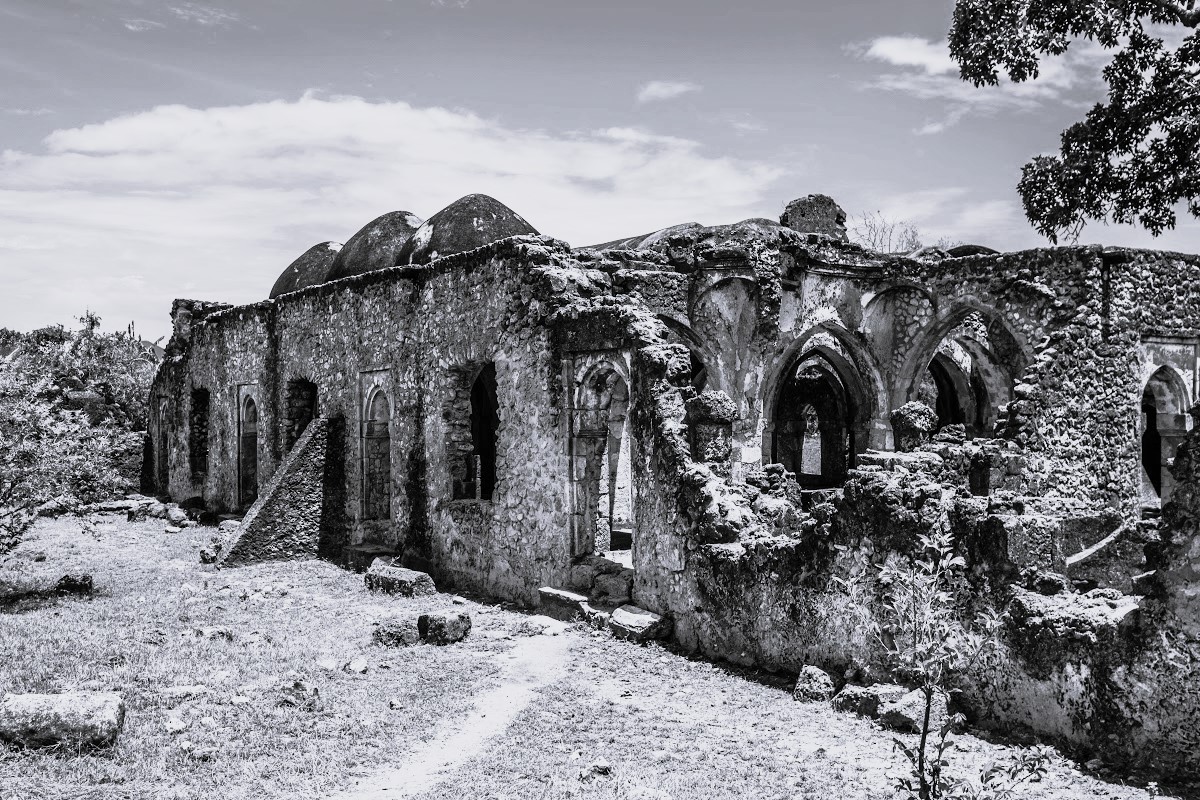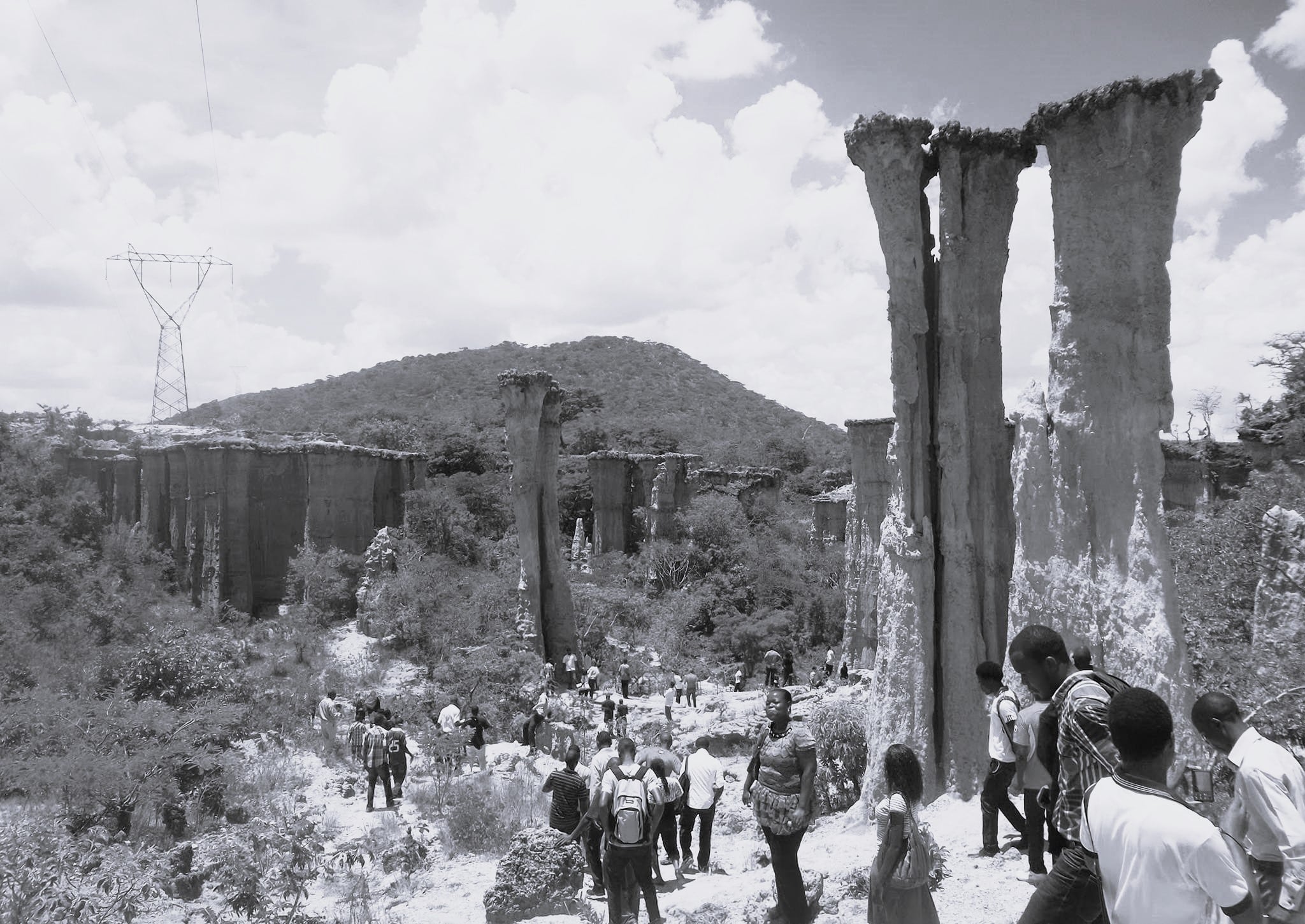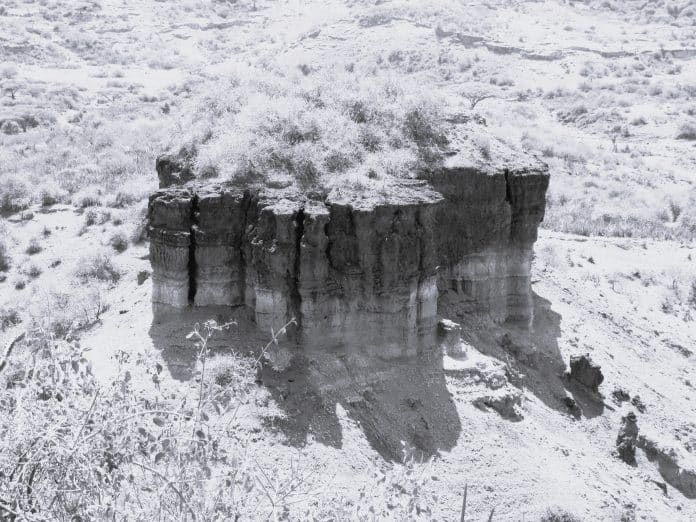Exploring Tanzania’s Cultural Heritage: Unearthing Historical Sites on a Sketch Map
Tanzania, a country located in East Africa, is known for its rich cultural heritage that spans centuries. From ancient tribes to colonial influences, Tanzania’s history is a tapestry woven with diverse traditions, languages, and customs. Exploring the cultural heritage of Tanzania not only offers a glimpse into its past but also provides an opportunity to appreciate and preserve the significance of historical sites. One way to embark on this journey is by creating a sketch map of Tanzania showing historical sites scattered across the country.
Importance of Preserving Historical Sites
Preserving historical sites is crucial as they serve as tangible links to the past. These sites provide valuable insights into the lives and traditions of previous generations, allowing us to understand and appreciate our cultural heritage. By studying historical sites, we can gain a deeper understanding of our roots and identity as a society.
Furthermore, historical sites are essential for promoting tourism and economic development. Cultural tourism has become increasingly popular, with travelers seeking authentic experiences and a connection to the past. By preserving historical sites and promoting their exploration, Tanzania can attract visitors from around the world, boosting its tourism industry and supporting local communities.
Overview of Historical Sites in Tanzania

Tanzania is blessed with a multitude of historical sites that are spread across its diverse landscapes. From ancient ruins to colonial buildings, each site tells a unique story of Tanzania’s past. Some notable historical sites include:
- Kilwa Kisiwani: Located on an island off the coast of Tanzania, Kilwa Kisiwani was once a prosperous Swahili trading settlement. Its ruins include mosques, palaces, and tombs that showcase the architectural brilliance of the past.
- Stone Town: Situated in Zanzibar, Stone Town is a UNESCO World Heritage Site known for its labyrinthine alleys and historic buildings. The blend of African, Arab, Indian, and European influences is evident in the architecture and culture of this vibrant town.
- Bagamoyo: This coastal town served as a major port for the slave trade in East Africa. Today, it stands as a reminder of this dark period in history, with remnants of slave markets and historical buildings that offer a glimpse into the past.
Creating a Sketch Map of Tanzania’s Historical Sites
To embark on your journey of exploring Tanzania’s historical sites, creating a sketch map can be a helpful tool. A sketch map is a simplified representation of a geographical area that highlights specific points of interest. Here are some steps to create your sketch map:
- Researching and Selecting Historical Sites for Your Sketch Map: Start by researching the historical sites in Tanzania and selecting the ones that interest you the most. Consider factors such as historical significance, accessibility, and diversity to ensure a well-rounded representation.
- Tips for Creating an Accurate and Visually Appealing Sketch Map: When creating your sketch map, accuracy and clarity are key. Use a scale that allows you to include all the sites while maintaining legibility. Consider using symbols or icons to represent different types of historical sites, such as ruins, museums, or cultural landmarks. Add labels and a legend to provide additional information and context.
- Adding Details and Annotations to Your Sketch Map: Once you have the basic layout of your sketch map, add details and annotations to enhance its informational value. Include brief descriptions of each historical site, highlighting its significance and any interesting facts. You can also add illustrations or sketches to bring the map to life.
Sharing and Using Your Sketch Map to Explore Tanzania’s Historical Sites
Your sketch map is not just a static piece of art but a tool for exploration. Here are some ways to share and use your sketch map to delve into Tanzania’s historical sites:
- Digital Sharing: Scan or photograph your sketch map and share it on social media platforms, travel forums, or blogs. This will allow others to benefit from your research and inspire them to explore Tanzania’s cultural heritage.
- Guided Tours: Consider organizing guided tours using your sketch map as a reference. Share your knowledge and insights with fellow enthusiasts, providing a unique and educational experience.
- Personal Exploration: Take your sketch map with you on your own journey of discovery. Use it as a guide to navigate through Tanzania’s historical sites, ticking off each location as you visit them. This hands-on approach will allow you to immerse yourself in the rich history and culture of Tanzania.
Exploring Lesser-Known Historical Sites in Tanzania

While Tanzania has several well-known historical sites, there are also hidden gems waiting to be discovered. Exploring lesser-known historical sites allows you to uncover hidden stories and delve deeper into Tanzania’s cultural heritage. These sites may be less crowded, offering a more intimate and authentic experience. Some lesser-known historical sites to consider include:
- Engaruka: Located in northern Tanzania, Engaruka is an ancient irrigation and farming system that dates back to the 15th century. The ruins of terraced fields and irrigation channels are a testament to the ingenuity of the people who once inhabited this area.
- Isimila Stone Age Site: Situated near Iringa, the Isimila Stone Age Site is a collection of tools, artifacts, and fossils dating back thousands of years. It provides valuable insights into the early human occupation of Tanzania and the development of stone tools.
- Olduvai Gorge: Known as the “Cradle of Mankind,” Olduvai Gorge is a significant archaeological site where fossils of early hominids were discovered. It is considered one of the most important paleoanthropological sites in the world.
The Value of Sketch Maps in Preserving and Promoting Tanzania’s Cultural Heritage
Creating a sketch map of Tanzania’s historical sites is not only a creative endeavor but also a means to preserve and promote the country’s cultural heritage. By showcasing the diversity and significance of these sites, we can raise awareness and appreciation for Tanzania’s rich history. Whether you embark on your own exploration or share your sketch map with others, you contribute to the preservation and promotion of Tanzania’s cultural legacy. So, grab your sketchbook, research the historical sites, and let your sketch map be a guide to unearthing Tanzania’s fascinating past.
if you would like to find more articles about Tanzania mainland, click here!
































